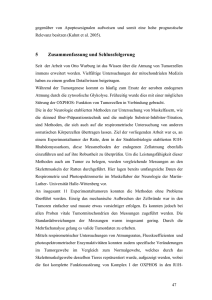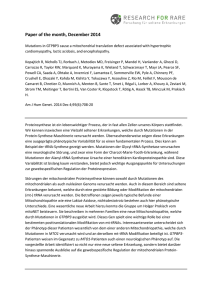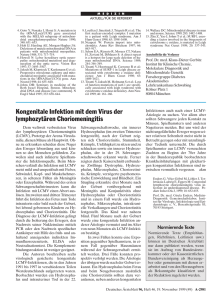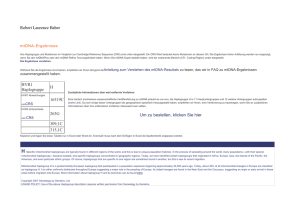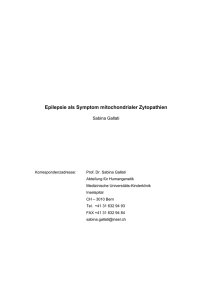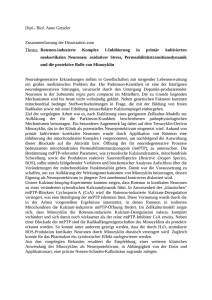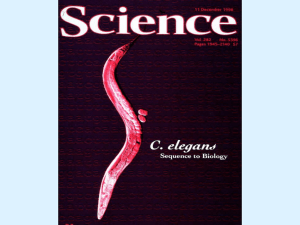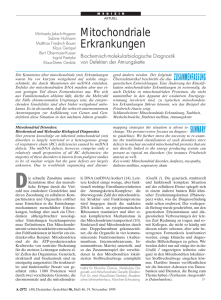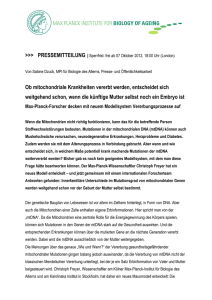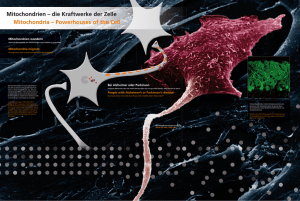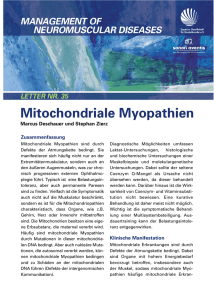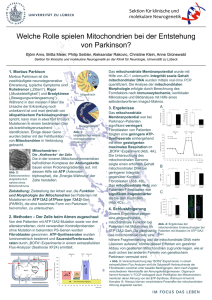Paper of the month, July 2013
Werbung
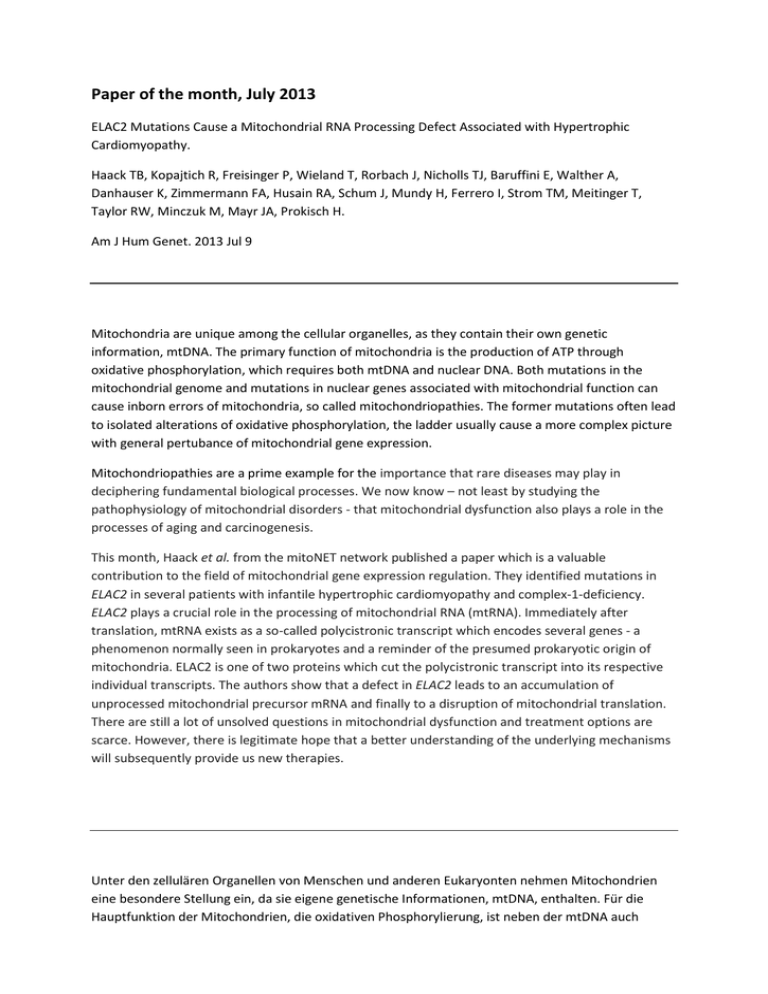
Paper of the month, July 2013 ELAC2 Mutations Cause a Mitochondrial RNA Processing Defect Associated with Hypertrophic Cardiomyopathy. Haack TB, Kopajtich R, Freisinger P, Wieland T, Rorbach J, Nicholls TJ, Baruffini E, Walther A, Danhauser K, Zimmermann FA, Husain RA, Schum J, Mundy H, Ferrero I, Strom TM, Meitinger T, Taylor RW, Minczuk M, Mayr JA, Prokisch H. Am J Hum Genet. 2013 Jul 9 Mitochondria are unique among the cellular organelles, as they contain their own genetic information, mtDNA. The primary function of mitochondria is the production of ATP through oxidative phosphorylation, which requires both mtDNA and nuclear DNA. Both mutations in the mitochondrial genome and mutations in nuclear genes associated with mitochondrial function can cause inborn errors of mitochondria, so called mitochondriopathies. The former mutations often lead to isolated alterations of oxidative phosphorylation, the ladder usually cause a more complex picture with general pertubance of mitochondrial gene expression. Mitochondriopathies are a prime example for the importance that rare diseases may play in deciphering fundamental biological processes. We now know – not least by studying the pathophysiology of mitochondrial disorders - that mitochondrial dysfunction also plays a role in the processes of aging and carcinogenesis. This month, Haack et al. from the mitoNET network published a paper which is a valuable contribution to the field of mitochondrial gene expression regulation. They identified mutations in ELAC2 in several patients with infantile hypertrophic cardiomyopathy and complex-1-deficiency. ELAC2 plays a crucial role in the processing of mitochondrial RNA (mtRNA). Immediately after translation, mtRNA exists as a so-called polycistronic transcript which encodes several genes - a phenomenon normally seen in prokaryotes and a reminder of the presumed prokaryotic origin of mitochondria. ELAC2 is one of two proteins which cut the polycistronic transcript into its respective individual transcripts. The authors show that a defect in ELAC2 leads to an accumulation of unprocessed mitochondrial precursor mRNA and finally to a disruption of mitochondrial translation. There are still a lot of unsolved questions in mitochondrial dysfunction and treatment options are scarce. However, there is legitimate hope that a better understanding of the underlying mechanisms will subsequently provide us new therapies. Unter den zellulären Organellen von Menschen und anderen Eukaryonten nehmen Mitochondrien eine besondere Stellung ein, da sie eigene genetische Informationen, mtDNA, enthalten. Für die Hauptfunktion der Mitochondrien, die oxidativen Phosphorylierung, ist neben der mtDNA auch nukleare DNA erforderlich. Angeborene Störungen der Mitochondrien, sog. Mitochondriopathien, können somit sowohl durch Mutationen im mitochondrialen Genom als auch durch Mutationen in nuklearen Genen mit mitochondrialer Funktion ausgelöst werden. Während erstere oft isolierte Störungen der oxidativen Phosphorylierung verursachen, zeigen letztere ein komplexeres Bild mit generalisierter Störung der mitochondrialen Genexpression. Mitochondriopathien stellen ein gutes Beispiel dar für die Bedeutung, die seltene Erkrankungen bei der Dechiffrierung prinzipieller biologischer Vorgänge spielen können. So wissen wir nicht zuletzt auf Grund der Pathophysiologie der Mitochondriopathien, dass mitochondriale Dysfunktion auch beim Prozess des Alterns sowie bei der Karzinogenese eine Rolle spielt. Einen wichtigen Beitrag zum besseren Verständnis der Regulation der mitochondrialen Genexpression haben nun Haack et al. aus dem mitoNet-Verband vorgelegt. Sie konnten bei mehreren Patienten mit infantiler hypertropher Kardiomyopathie und Komplex-1-Defekt eine Mutation in ELAC2 identifizieren. Dieses Gen spielt eine entscheidende Rolle bei der Prozessierung der mitochondrialen RNA. Diese weist die Besonderheit auf, dass sie wie bei Prokaryonten unmittelbar nach der Translation als sog. polycistronisches Transkript vorliegt, welches für mehrere Gene kodiert. ELAC2 ist von zwei Proteinen, welche dieses in seine jeweiligen individuellen Transkripte zerschneidet. Die Autoren konnten zeigen, dass ein Defekt in ELAC2 in den betroffenen Individuen zu einer Akkumulation von unprozessierter mitochondrialer Vorläufer-mRNA und schließlich einer Störung der mitochondrialen Translation führt. Ein besseres Verständnis dieser Mechanismen lässt hoffen, dass die bislang völlig unzureichenden Therapieoptionen mitochondrialer Erkrankungen in Zukunft erweitert und erheblich verbessert werden können. Zusammenfassung: Dr. Tilmann Schober, Dr. von Haunersches Kinderspital, München
